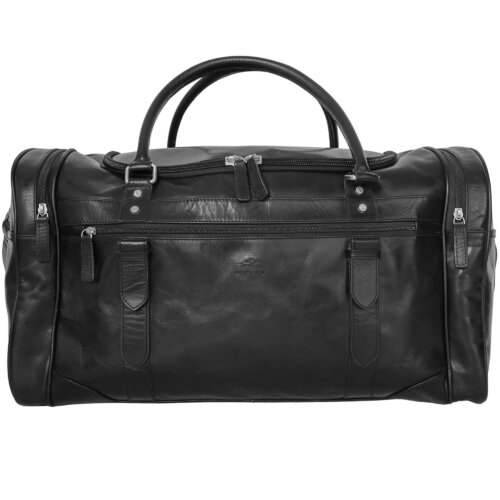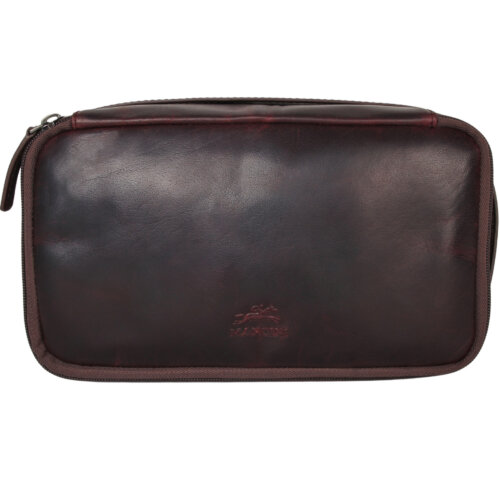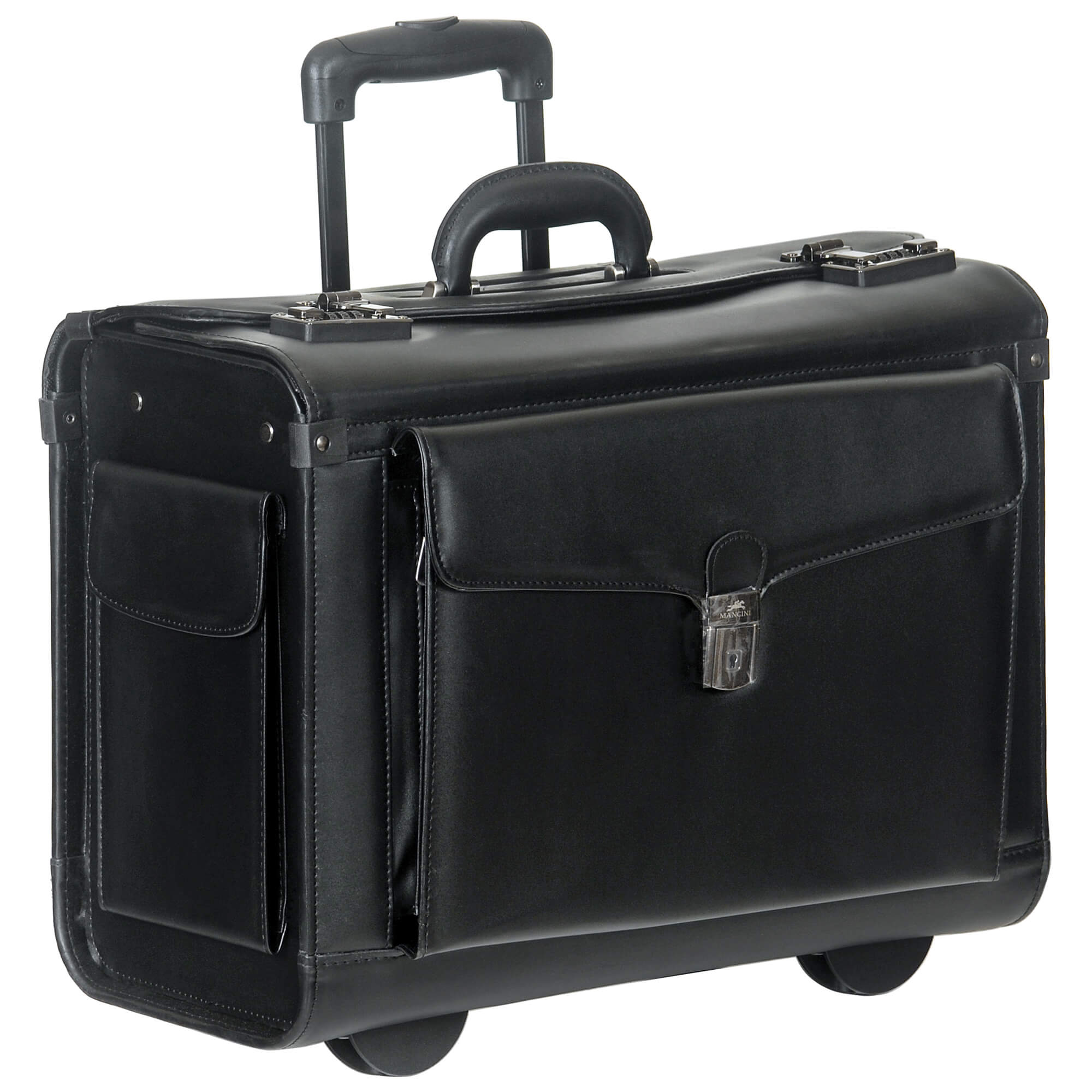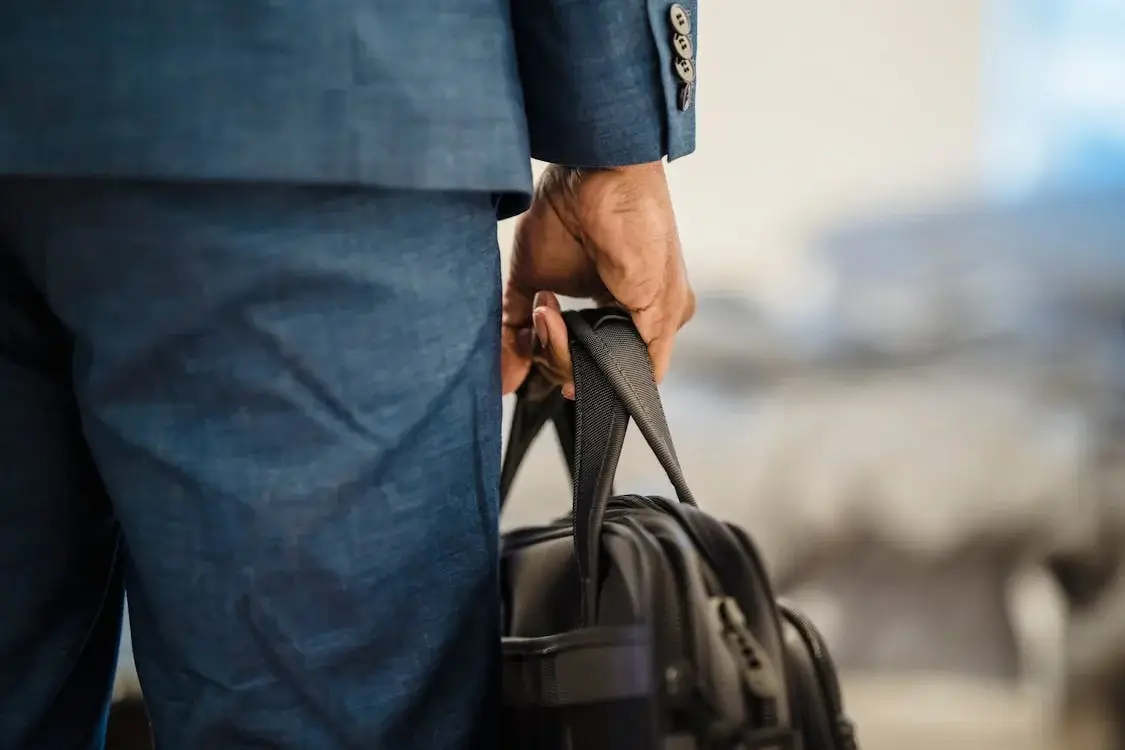
When shopping for a premium leather bag, the quality of leather used makes all the difference. From durability and style to the way it ages, the type of leather chosen determines whether you’re investing in a long-lasting staple or a short-term accessory.
In this guide, we’ll break down the different types of leather for bags, the best leather for purses, and what makes a leather bag worth the investment.
Key Takeaways
- Learn the differences between full-grain, top-grain, and genuine leather.
- Discover which tanning methods impact quality, sustainability, and style.
- Find out why cowhide and vegetable-tanned full-grain leather are among the best leather options for bags and purses.
- Get care tips to preserve the quality of your leather bag for years.
- Explore how craftsmanship, lining materials, and design affect quality.
- Understand how to choose leather based on your lifestyle and values.
Understanding Types of Leather for Bags
The leather industry offers a wide variety of materials, each with its own unique characteristics. Understanding the differences between leather types helps you make an informed purchase.
Cowhide Leather
One of the most widely used types of leather, cowhide is valued for its strength, thickness, and durability. It has a natural grain that develops a beautiful patina over time, making it ideal for long-lasting leather bags.
Cowhide is also highly versatile. It can be stiff and structured for a formal briefcase or soft and slouchy for a casual crossbody. This adaptability makes it a preferred choice for both men’s and women’s leather bags.
Goatskin Leather
Goatskin is softer and lighter than cowhide. It features a more flexible texture with a distinct natural grain. It’s a solid choice for more pliable bags and fashion-forward designs that still offer durability.
Goatskin also offers excellent water resistance and a distinctive pebbled appearance, which makes it a favorite among designers of both rugged and refined accessories. It’s ideal for travel bags, totes, and other items where weight matters.
Exotic Leathers
For those looking for a truly unique and luxurious look, exotic leathers like ostrich, snake, or crocodile provide distinctive textures and patterns. However, they often require more maintenance and come at a premium price.
Camel leather, for instance, is extremely durable and often used in high-end luxury bags. Crocodile skin, prized for its symmetrical scale pattern, can cost thousands of dollars and is seen in ultra-premium designs.
If you’re choosing exotic leather, consider the ethical and environmental implications, and look for certified or sustainably sourced materials.
Leather Grains: Which One is Best for Leather Bags?
Grain refers to the surface structure of the leather. It plays a crucial role in how a leather bag looks, feels, and wears over time.
Full-Grain Leather
Considered the highest quality leather, full-grain leather retains the entire grain layer, including natural markings. It’s incredibly strong, breathable, and ages beautifully. It’s the top choice for those who want a long-lasting, authentic leather look and feel.
Full-grain leather bags are more expensive, but they offer exceptional value due to their durability and character. Over time, they develop a rich patina, making each piece unique.
Top-Grain Leather
This leather has the outermost layer sanded away for a more uniform appearance. While slightly less durable than full grain, it’s still high quality and more resistant to stains.
Top-grain leather is commonly used in designer handbags and wallets. It provides a smooth finish and is often treated to resist moisture and scratches, making it practical for everyday use.
Genuine Leather
Often confused with high-end options, “genuine leather” is actually made from the leftover layers after the top is split off. It’s more affordable, but less durable and ages poorly compared to top-grain or full-grain.
Genuine leather may be a good option for budget-conscious shoppers, but it’s important to understand that it’s a lower tier in terms of both performance and appearance.
Tanning Methods That Matter
Tanning stabilizes the leather and transforms raw hides into durable material. It affects the final texture, smell, flexibility, and environmental impact of your bag.
Vegetable Tanned Leather
Tanned using natural plant extracts, this method is eco-friendly and results in a firm, smooth leather that develops character over time. It’s ideal for structured bags and has great longevity.
Vegetable-tanned leather is more rigid at first but softens with use. It’s also biodegradable and free from harsh chemicals, making it a sustainable choice for eco-conscious consumers.
Chrome Tanned Leather
This modern process uses chemicals and is faster and cheaper. Chrome-tanned leather is softer and more pliable but less eco-conscious. It suits fashion bags or styles needing flexibility.
It’s a great option for handbags that require vibrant colors and a soft feel. Chrome tanning accounts for about 80% of leather production worldwide due to its efficiency.
What is the Best Leather for Purses?
For purses and everyday carry bags, durability, structure, and aesthetics are essential. The best leather for purses includes:
- Full-grain cowhide: For strength and beautiful ageing.
- Vegetable-tanned leather: For structure, style, and sustainability.
- Top-grain leather: For a polished, professional look at a lower cost.
Look for reinforced stitching, quality zippers, and interior organization to complement the leather’s durability. A well-constructed purse made of quality leather can last over a decade.
Lining Materials to Consider
The inside of your bag matters too. Common lining materials include:
- Cotton or canvas: Lightweight and breathable.
- Synthetic fabrics: Easy to clean and water-resistant.
- Suede or pigskin: Luxurious, durable, and upscale.
A quality lining protects the exterior leather and adds to the bag’s overall structure. In luxury bags, the lining is often color-matched and meticulously stitched to enhance the product’s aesthetic.
Other Factors That Affect Leather Bag Quality
Beyond leather and lining, several factors determine how well a bag performs over time.
Hardware
Premium hardware like YKK zippers, brass buckles, and magnetic closures add function and style. Cheap hardware can break easily and affect the bag’s usability.
Craftsmanship
Look for even stitching, clean edges, and attention to detail. A high-quality bag will have reinforced stress points and symmetrical seams.
Design
The bag’s purpose influences the best material and construction. A laptop bag needs structured leather and padded compartments, while a weekend duffel benefits from flexible leather and larger interior space.
Choosing Leather Based on Lifestyle and Values
If you value sustainability, opt for vegetable-tanned, full-grain leather made by artisans who use ethical sourcing practices. If fashion trends and affordability matter more, top-grain or chrome-tanned leather may suit you better.
Do you travel often? Look for lightweight options like goatskin or treated cowhide. Do you want a bag that tells a story as it ages? Full-grain leather is your go-to.
Ultimately, the best leather is the one that fits your life.
Care Tips for Leather Bags
To preserve your investment:
- Clean with a damp cloth regularly.
- Condition the leather every few months.
- Store in a dust bag away from direct sunlight and moisture.
- Avoid overfilling the bag to maintain its shape.
- Let wet leather air dry naturally, never with heat.
Regular maintenance keeps the leather supple and extends the life of your bag.
If you’re searching for the best leather bags, focus on materials like full-grain cowhide and vegetable-tanned leather. These offer unmatched durability, aesthetics, and value.
Understanding the types of leather for bags and purses will not only help you shop smarter but ensure your accessory becomes a timeless piece in your collection.
Ready to find a bag that reflects your style and values? Explore Mancini Leather’s curated collection of handcrafted bags designed for discerning professionals across Canada.












